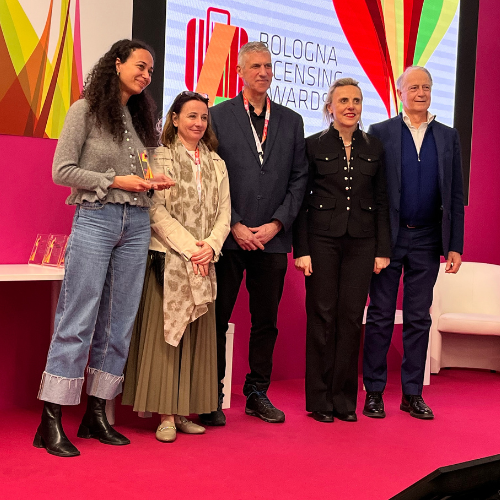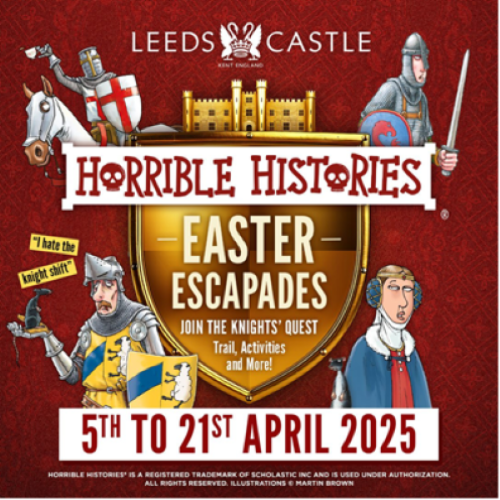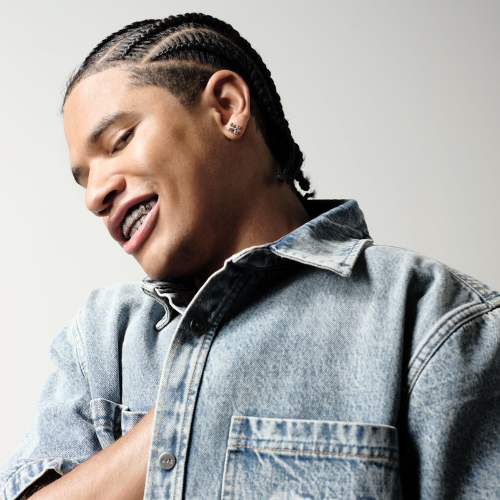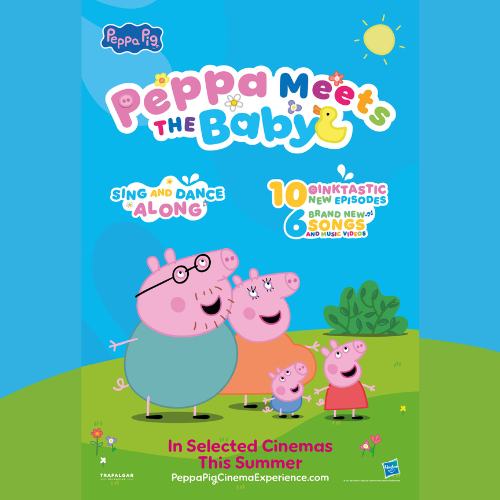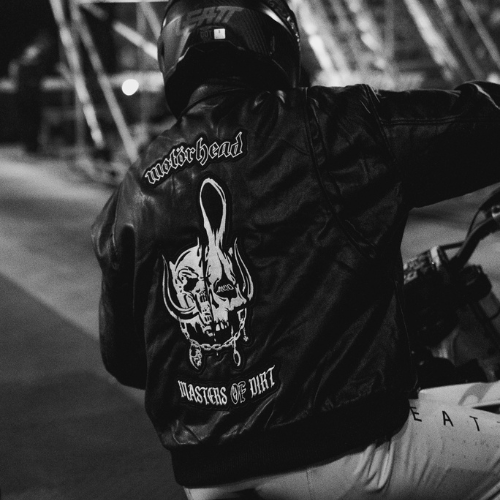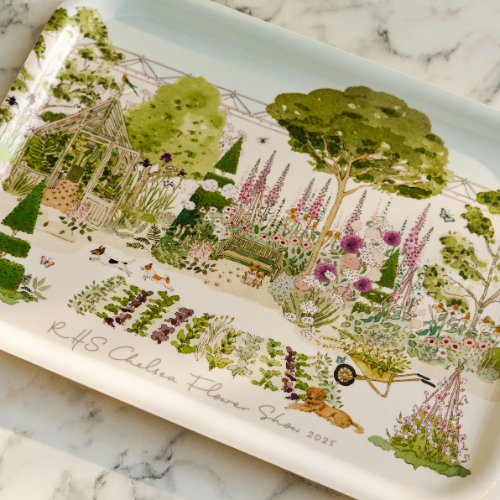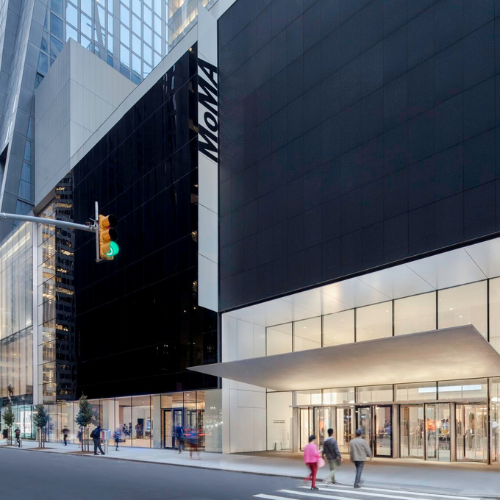Start Licensing’s Ian Downes reports back from Top Drawer and the Entertainment, Amusement and Gaming Expo (EAG).
It was a tale of two trade shows for me last week – I attended Top Drawer at Olympia and the Entertainment, Amusement and Gaming Expo (EAG) at ExCeL. Both shows had a licensing dynamic to them but were very different in style, content and delivery. In a way the two shows are a good insight into how licensing is a very diverse and contrasting business, but also a reminder that licensing opportunities exist in a wide range of business sectors. My motivation for attending both shows was similar in both cases – meet existing new licensees, observe market trends and identify new opportunities.
Top Drawer is described as a ‘design-led retail show’. It focuses on gifting with exhibitors drawn from categories like stationery, greeting cards, food, ceramics, books and home fragrances. It is a well curated show and is stylishly presented. Based on past experience a number of exhibitors shy away from licensing as they focus on developing their own brands and designs, but there are always companies featuring licensed products on their stands.
Top Drawer is a show that allows exhibitors to reach a range of retailers from multiples to independents and also specialist retailers including buyers from the heritage sector.
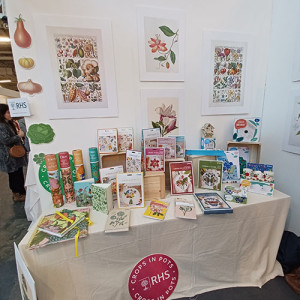 A stand out range at Top Drawer was West Design’s range of RHS craft kits which included Embroidery Kits, Cross Stitch Kits and Paint by Numbers kits. West Design had chosen to launch the range at Top Drawer and had given it a very prominent position on its stand. It has used the RHS’ extensive archive to develop the products. Part of the appeal for West Design around the RHS brand was that there is a good crossover between those that like gardening and crafting. I think this holds true at consumer and retail level. I can imagine outlets such as garden centres seeing this range as a good fit for them.
A stand out range at Top Drawer was West Design’s range of RHS craft kits which included Embroidery Kits, Cross Stitch Kits and Paint by Numbers kits. West Design had chosen to launch the range at Top Drawer and had given it a very prominent position on its stand. It has used the RHS’ extensive archive to develop the products. Part of the appeal for West Design around the RHS brand was that there is a good crossover between those that like gardening and crafting. I think this holds true at consumer and retail level. I can imagine outlets such as garden centres seeing this range as a good fit for them.
West Design has created quite a broad range from day one which should ensure that retailers buy into the range in depth and give it prominence in-store. This seems like a sensible approach. This is the RHS’ first venture into arts and crafts apparently. The range has products for adults and children. It could be catalyst for the RHS to make further in roads into the crafting category exploring other non-competing products and opportunities.
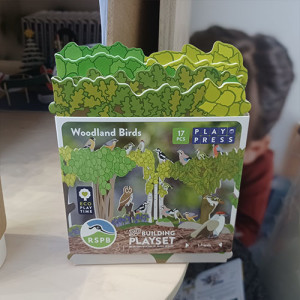 It was also good to see licensee PlayPress exhibiting at Top Drawer. Its card-based play-sets are well established in independent retailers, bookshops and heritage outlets. It has added the RSPB to its licensing roster and was presenting a 3D building play-set featuring Woodland Birds.
It was also good to see licensee PlayPress exhibiting at Top Drawer. Its card-based play-sets are well established in independent retailers, bookshops and heritage outlets. It has added the RSPB to its licensing roster and was presenting a 3D building play-set featuring Woodland Birds.
PlayPress has used licensing carefully to build the portfolio and has chosen licences which are helping it build the distribution. I think the RSPB is also a brand that helps a licensee like PlayPress reinforce its sustainability credentials.
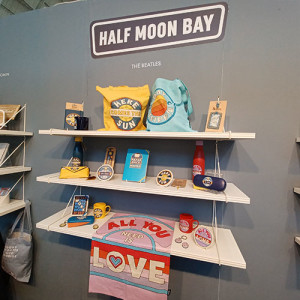 Long-term licensee Half Moon Bay was in attendance at Top Drawer showcasing a selection of its ranges which it thought would suit the retailers attending the show. It was focusing on art and design ranges. One of the featured ranges was a Beatles one which was designed with bright and bold colours It had a really contemporary feel to it. It had picked specific lyrics and titles from The Beatles roster and used these well in tandem with specific products. A good example being Here Comes The Sun and Day Tripper bags, while another favourite was a Paperback Writer notebook.
Long-term licensee Half Moon Bay was in attendance at Top Drawer showcasing a selection of its ranges which it thought would suit the retailers attending the show. It was focusing on art and design ranges. One of the featured ranges was a Beatles one which was designed with bright and bold colours It had a really contemporary feel to it. It had picked specific lyrics and titles from The Beatles roster and used these well in tandem with specific products. A good example being Here Comes The Sun and Day Tripper bags, while another favourite was a Paperback Writer notebook.
It was good to see a range like this where there had been some thought given to product design and creation. I also liked the colourways and felt it helped give the successful Beatles licensing programme fresh impetus. These designs would resonate with Beatles fans of course, but they also have the potential to appeal to other consumers who are buying into them because of the presentational style. This range should do well in existing retailers that already support The Beatles, but has the potential to be picked up elsewhere.
It was also good to see companies like Aurora at Top Drawer. It had some new non-licensed ranges on show which it felt suited the Top Drawer audience. If it can develop some new accounts with this range that should have a knock on effect for the licensed ranges. It is good to see companies like Aurora taking a proactive approach to new business development.
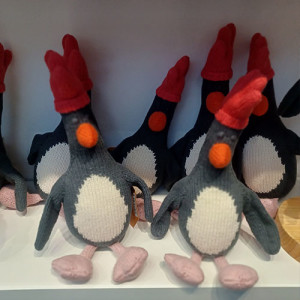 I was also pleased to see the progress that licensee Chunki Chilli had made with its range of Aardman knitted toys. The range includes Feathers and Shaun the Sheep. Working with companies like Chunki Chilli which has a unique style helps grow the Aardman reach in a complementary way. Even though it is a deal I am directly involved in, I think it is a good example of how licensing can have a role to play even with companies that have a very distinctive ‘hand-writing’ provided the licensee is able to retain their design identity.
I was also pleased to see the progress that licensee Chunki Chilli had made with its range of Aardman knitted toys. The range includes Feathers and Shaun the Sheep. Working with companies like Chunki Chilli which has a unique style helps grow the Aardman reach in a complementary way. Even though it is a deal I am directly involved in, I think it is a good example of how licensing can have a role to play even with companies that have a very distinctive ‘hand-writing’ provided the licensee is able to retain their design identity.
My licensing antennae was going off before I even stepped into the EAG Show at ExCeL which is currently hosting Disney 100: The Exhibition. This was being promoted outside the exhibition centre, but there was also a Disney merchandise trailer on the concourse in front of ExCeL. It was a great example of how an exhibition or live event can create a retail opportunity. Live events are definitely creating new and welcome retail opportunities. Brand owners are getting better at making the most of opportunities like this. Have trailer will travel is a good measure of the can-do mentality that prevails in live events at the moment.
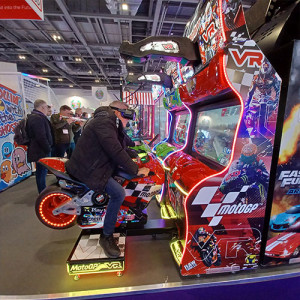 Within EAG it doesn’t take long to see the role that licensing plays in the sector. There were numerous examples of licensing to be found in the show. For example within arcade games brands such as Fast & Furious and Moto GP featured. Motor sport and motoring brands fit into the category well, with sit ins and ride ons to the fore.
Within EAG it doesn’t take long to see the role that licensing plays in the sector. There were numerous examples of licensing to be found in the show. For example within arcade games brands such as Fast & Furious and Moto GP featured. Motor sport and motoring brands fit into the category well, with sit ins and ride ons to the fore.
It is a business category that is content hungry and as such is licensing friendly. With advances in technologies such as AR and VR which are being incorporated into arcade game formats, engaging content will be evermore in demand I suspect. It was also interesting, but not unexpected, to see gaming brands like Halo ‘crossover’ into this category as well.
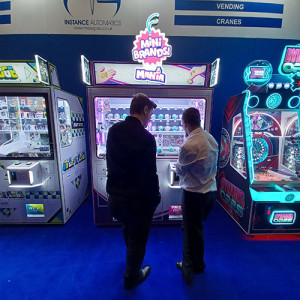 It was interesting to see how companies like SEGA use their own IP like Sonic in the category as well. It was also interesting to see the different genres of arcade games and formats.
It was interesting to see how companies like SEGA use their own IP like Sonic in the category as well. It was also interesting to see the different genres of arcade games and formats.
Vending machines are an important part of the mix and within this category it was interesting to see that there is a themed Mini Brands Vending machine now in the market. This is a good indication of the growing popularity and status of this brand. Zuru has to be applauded for embracing this category and recognising that the amusements channel opens up fresh distribution opportunities. It should encourage other toy brands to think about the potential for their brand within the category.
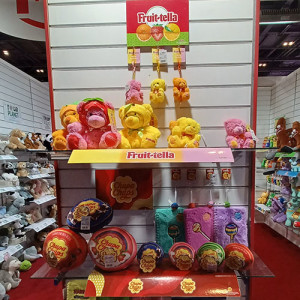 EAG also featured stands from Bandai NAMCO, PMS and Whitehall Leisure which all use licensing to create product ranges that are used as prizes with the leisure sector for a variety of games and machines. The core focus in this category is plush and the companies often develop new designs for the sector, so there is an original feel to their ranges. Licensed brands on show included Chicken Run 2, Shaun the Sheep, Disney, Spider-Man and intriguingly Tyson Fury.
EAG also featured stands from Bandai NAMCO, PMS and Whitehall Leisure which all use licensing to create product ranges that are used as prizes with the leisure sector for a variety of games and machines. The core focus in this category is plush and the companies often develop new designs for the sector, so there is an original feel to their ranges. Licensed brands on show included Chicken Run 2, Shaun the Sheep, Disney, Spider-Man and intriguingly Tyson Fury.
It was also interesting to see how FMCG brands feature in this category with plush ranges for the likes of Peperami, Fruitella and Toxic Waste on show. The licensees in this category are seeking out brands with recognition, but also ones that can deliver the fun factor as well. For the brand owners it is an effective way of bringing their brands alive outside of traditional retail and marketing channels.
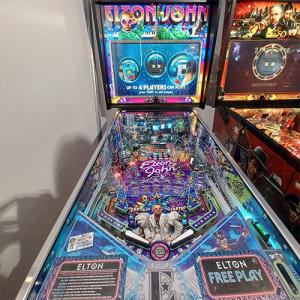 Another product category that was well represented at EAG was pinball machines. There were a number of examples of licensed pinball machines at the show with brands being drawn from categories like film and music. Pinball machines blend a range of rights including images, sounds and music so can be quite complex products to develop. Often they are marketed on a global basis for this reason as well – it is difficult to have multiple deals in the category from a rights perspective. Highlights at the show included an Elton John – Captain Fantastic machine (I presume Tommy and Pinball Wizard were off the table) and a Beatles themed machine. The latter was developed as a limited edition of 100. I can see that there may be more opportunities for licensing limited edition machines catering for ‘super fans’ rather than for use in the more traditional leisure sector market. That said this opportunity will probably only work for certain types of brand.
Another product category that was well represented at EAG was pinball machines. There were a number of examples of licensed pinball machines at the show with brands being drawn from categories like film and music. Pinball machines blend a range of rights including images, sounds and music so can be quite complex products to develop. Often they are marketed on a global basis for this reason as well – it is difficult to have multiple deals in the category from a rights perspective. Highlights at the show included an Elton John – Captain Fantastic machine (I presume Tommy and Pinball Wizard were off the table) and a Beatles themed machine. The latter was developed as a limited edition of 100. I can see that there may be more opportunities for licensing limited edition machines catering for ‘super fans’ rather than for use in the more traditional leisure sector market. That said this opportunity will probably only work for certain types of brand.
EAG was a really encouraging show in regards to the reach and penetration of licensing within a sector. I sense there is more opportunity for licensing in the sector, not least as a way of delivering content to a category that will need more content over the coming years.
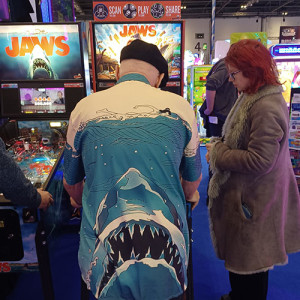 A particular highlight of the show was spotting someone playing the Official Jaws pinball machine while wearing what looked like an official Jaws shirt – a highpoint in my Look Out career or a sign that I need to broaden my horizons.
A particular highlight of the show was spotting someone playing the Official Jaws pinball machine while wearing what looked like an official Jaws shirt – a highpoint in my Look Out career or a sign that I need to broaden my horizons.
I am looking forward to trying to beat this personal best at upcoming events like Spring Fair…
Ian Downes runs Start Licensing, an independent brand licensing agency. His Twitter handle is @startlicensing – he would welcome your suggestions for what to look out for.












